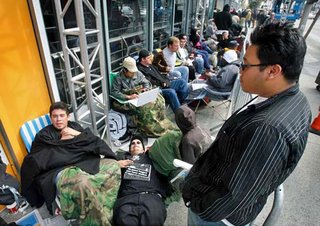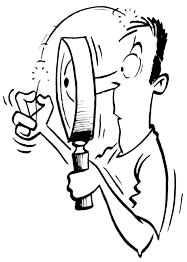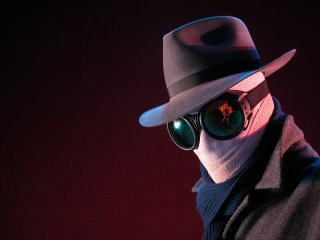Donors Bring Big Telescope a Step Closer
A New York Times news

A project to build a digital camera of cosmic dimensions on a mountaintop in Chile has received a $30 million boost from a pair of software moguls and philanthropists.
Charles Simonyi, formerly of Microsoft and now chief executive of Intentional Software, said Thursday that he would contribute $20 million to the project, known as the Large Synoptic Survey Telescope, or L.S.S.T. Bill Gates, founder of Microsoft, agreed to give $10 million.
When completed in 2014, the telescope — 330 inches in diameter and armed with a three-billion-pixel detector — will survey the entire night sky visible from its intended perch on Cerro Pachón in northern Chile once every three nights, allowing astronomers to monitor changes in stars and the motions of asteroids and everything else that moves in the sky. It will also allow researchers to map dark matter and the effects of the mysterious dark energy that is speeding the universe’s expansion.
“It’ll be a form of celestial cinematography, the biggest movie ever,” said J. Anthony Tyson of the University of California, Davis, a physicist who leads a multinational team of 22 universities, observatories and other institutions, including Google, planning to build the telescope.
The resulting data, amounting to 30 terabytes each night — slightly less than half the information content of the Library of Congress — will be immediately available to the astronomical community and the public, Dr. Tyson said, allowing anybody who is interested to “mine the sky.”
Referring to other efforts to erect giant telescopes on Earth, Dr. Simonyi said in an e-mail message, “There are many assets — current and planned — that look deep and look far, but the L.S.S.T. is unique in its ability to gather very large amounts of real-time data, which is necessary for observing our dynamic universe.”
Dr. Tyson said the gifts from Dr. Simonyi and Mr. Gates would keep the ambitious project on track by allowing astronomers to begin fabricating the mirrors for the telescope, a five-year job, at the Mirror Laboratory of the University of Arizona.
The new development “adds a lot of momentum at a time that is key,” he said.
The astronomers are hoping for a grant of about $389 million from the National Science Foundation to meet most expenses.
Dr. Simonyi, a computer scientist, was born in Budapest in 1948 and got his Ph.D. from Stanford before joining Microsoft. He made news last April when he took a two-week, $20 million trip to the International Space Station as a tourist, carrying along takeout from Martha Stewart and Alain Ducasse.








